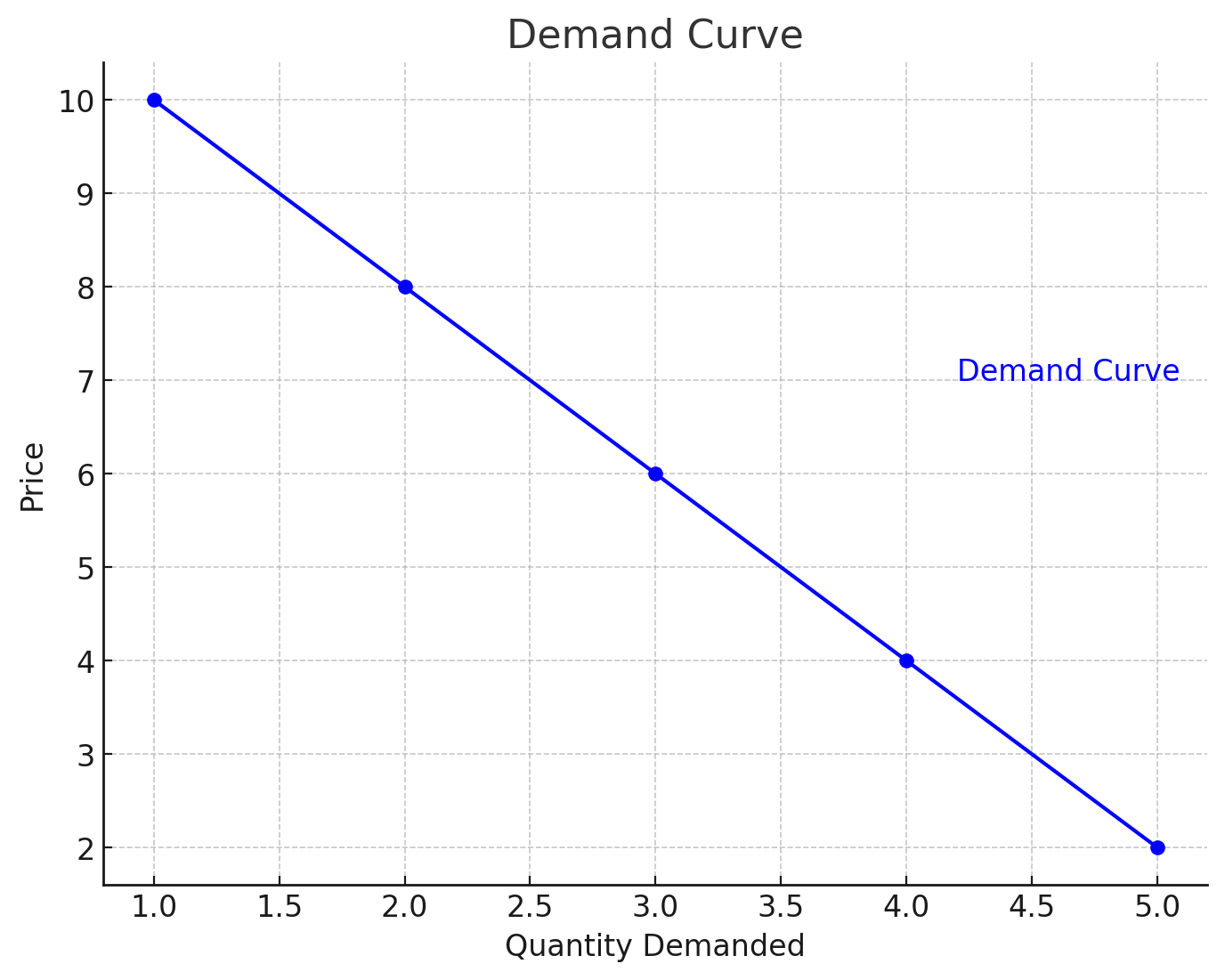What are the components of National Income?
The components of National Income refer to the various elements that make up the total income generated within an economy. National income is typically calculated using three methods: Income Method , Expenditure Method , and Output Method , and each method includes specific components. Below are the primary components of national income: 1. Gross Domestic Product (GDP) Definition : The total value of all final goods and services produced within a country's borders during a given period (usually a year or quarter). Components : Consumption (C) : The total expenditure on goods and services by households. Investment (I) : The total spending on capital goods (such as machinery, equipment, and buildings) by businesses, including changes in inventories. Government Spending (G) : Expenditures by the government on goods and services, such as defense, education, and infrastructure. Net Exports (NX) : The difference between a country's exports (X) and imports (M). Net exports = Export...
